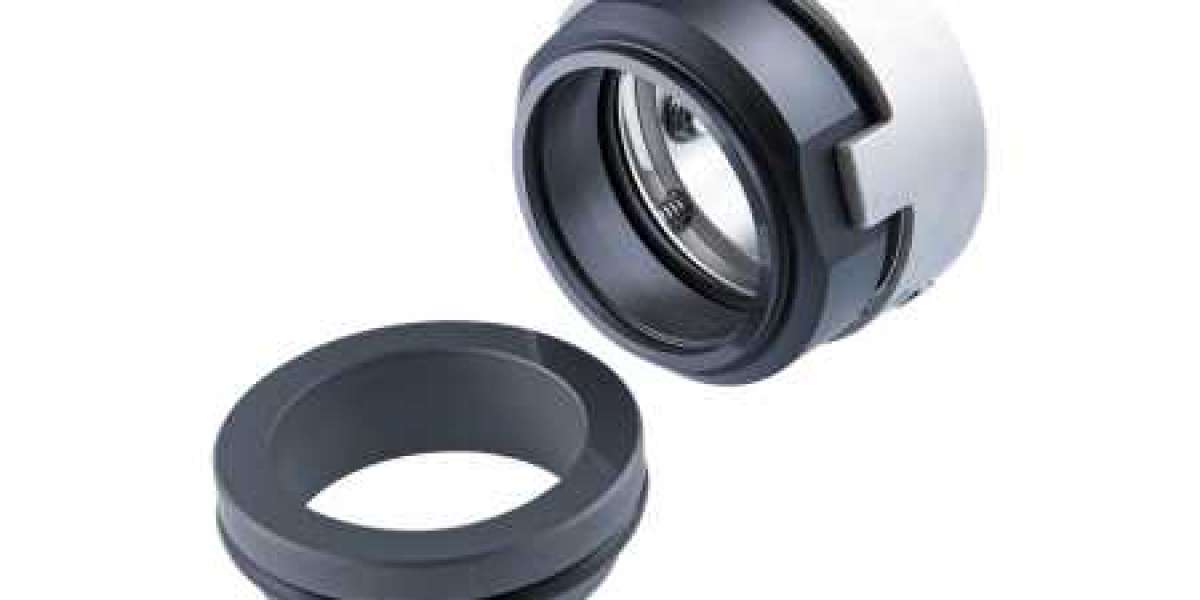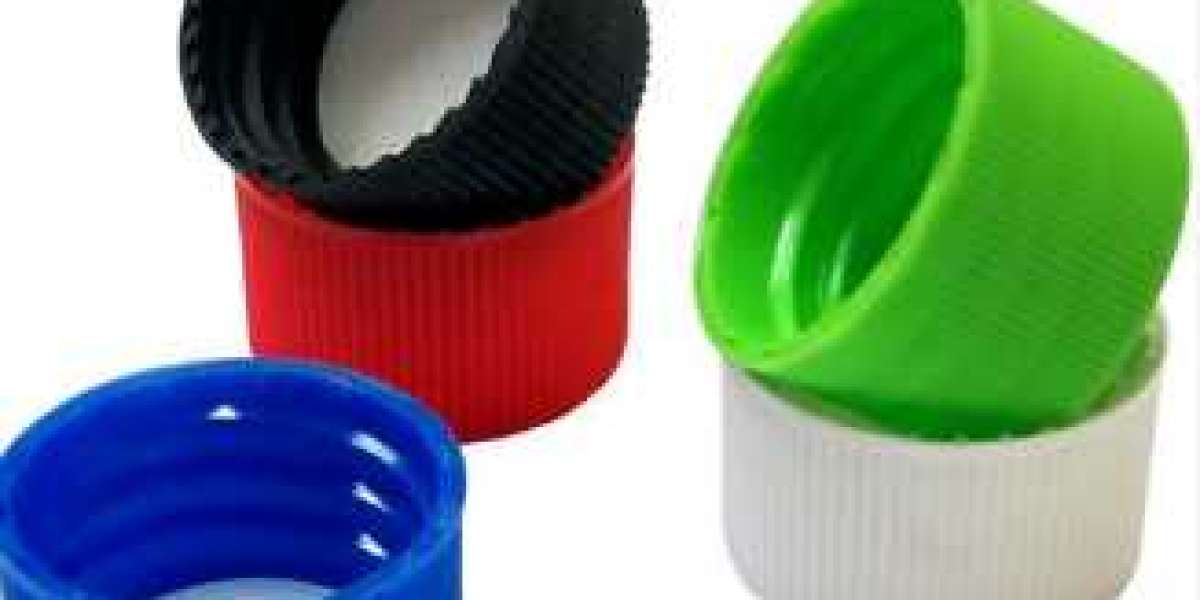The sealing performance and service life of the mechanical seal are related to the materials of the parts, especially the materials for the end seal, the auxiliary sealing materials and the spring materials.
Material of end face seal:
The end face of the mechanical seal is sealed with graphite, ceramic, surfacing cemented carbide, tungsten carbide alloy, SiC, filled with PTFE, tin bronze, steel bonded cemented carbide, stainless steel, phenolic plastic, nylon, etc. The properties of commonly used materials are as follows:
1. Tungsten carbide alloy: Tungsten carbide, titanium carbide and other metal carbides with high hardness and high melting point are pressed and sintered by powder metallurgy with a binder. The advantage is that the hardness and strength are very high. Wear resistance, high temperature resistance, corrosion resistance, low linear expansion coefficient, the disadvantage is that it is brittle and difficult to process. Tungsten carbide is the most widely used end face seal. It is mostly used as a static ring for medium and low-speed mechanical seals and a moving ring for high-speed mechanical seals.
2. Graphite: Graphite has the advantages of good corrosion resistance and self-lubrication, low friction coefficient, good thermal shock resistance and easy processing. The disadvantage is that the mechanical strength is low and there are pores. These two shortcomings of graphite can be improved by impregnation and carburization. Impregnated graphite can be divided into two types: resin impregnated and impregnated metal. The resin-impregnated graphite has good corrosion resistance, but it is not resistant to high temperature (temperature resistance is about 170-200℃); the impregnated metal graphite has good temperature resistance (the high temperature resistance of immersed bronze, aluminum, lead, etc. can reach 400-500℃), but it is resistant to corrosion Poor sex. Graphite is the most widely used non-metallic material, used as a moving ring for medium and low speed mechanical seals and a static ring for high speed mechanical seals. Good graphite is dense to the naked eye, and the fingers do not shed powder or stain the fingers.
3. Ceramics: The advantages of ceramics are good corrosion resistance, high hardness, and good wear resistance. The disadvantages are high brittleness and high hardness, making it difficult to process. Most applications are alumina ceramics and cermets. Ceramics are mostly used in corrosive media, medium and low speed occasions.
4. Hard alloy surfacing: hard alloy surfacing on the sealing surface of carbon steel, chromium steel and chromium-nickel steel, the advantages are high hardness, good wear resistance, good temperature resistance (below 500 ℃), and corrosion resistance Or the cavitation is good, the disadvantage is that it is easy to produce pores, slag inclusions and uneven surface hardness.

The material of the auxiliary sealing ring:
The requirements of mechanical seals for auxiliary sealing materials are good elasticity, low friction coefficient, good wear resistance, heat resistance and low temperature resistance, resistance to medium corrosion, dissolution and aging, etc. In addition, it also requires good residual deformation after compression and long-term use. Commonly used auxiliary seal ring materials are rubber and polytetrafluoroethylene, in addition to soft polyvinyl chloride.
1. Polytetrafluoroethylene: The advantages of polytetrafluoroethylene are chemical stability, oil resistance, dissolution resistance, excellent moisture resistance, low friction coefficient, and suitable for various corrosive media. The disadvantage is that it is less elastic than rubber and prone to permanent deformation.
2. Rubber: Rubber has good elasticity, cushioning, vibration absorption, heat resistance and corrosion resistance. The rubber sealing ring has a good sealing effect and is the most widely used. Commonly used rubbers include silicone rubber, nitrile rubber, neoprene and fluoro rubber.
Elastic component material:
1. Spring material: The requirements for spring materials of mechanical seals are: good elasticity and corrosion resistance. Commonly used spring materials are stainless spring steel (1Cr18Ni9Ti, etc.), chromium steel (3Cr13, 4Cr13, etc.), carbon cable spring steel (60si2Mn, etc.) and phosphor bronze.
2. Bellows material: The requirements for bellows materials are: good welding performance, greater flexibility, and certain corrosion resistance. Commonly used corrugated pipe materials include iron-based, copper-based, nickel-based alloys, and titanium, etc. Generally, nickel-chromium austenitic strips in the titanium-based are mainly used, especially 1Cr18Ni12Mo2Ti. High-nickel elastic alloy is considered to be an ideal material for making bellows, and aluminum-containing materials will encounter difficulties when using general welding techniques.
Akman Seals specializes in the production of mechanical seals, and the quality of the mechanical seal materials we produce is guaranteed. If you are interested in mechanical seals, you can follow our website.



